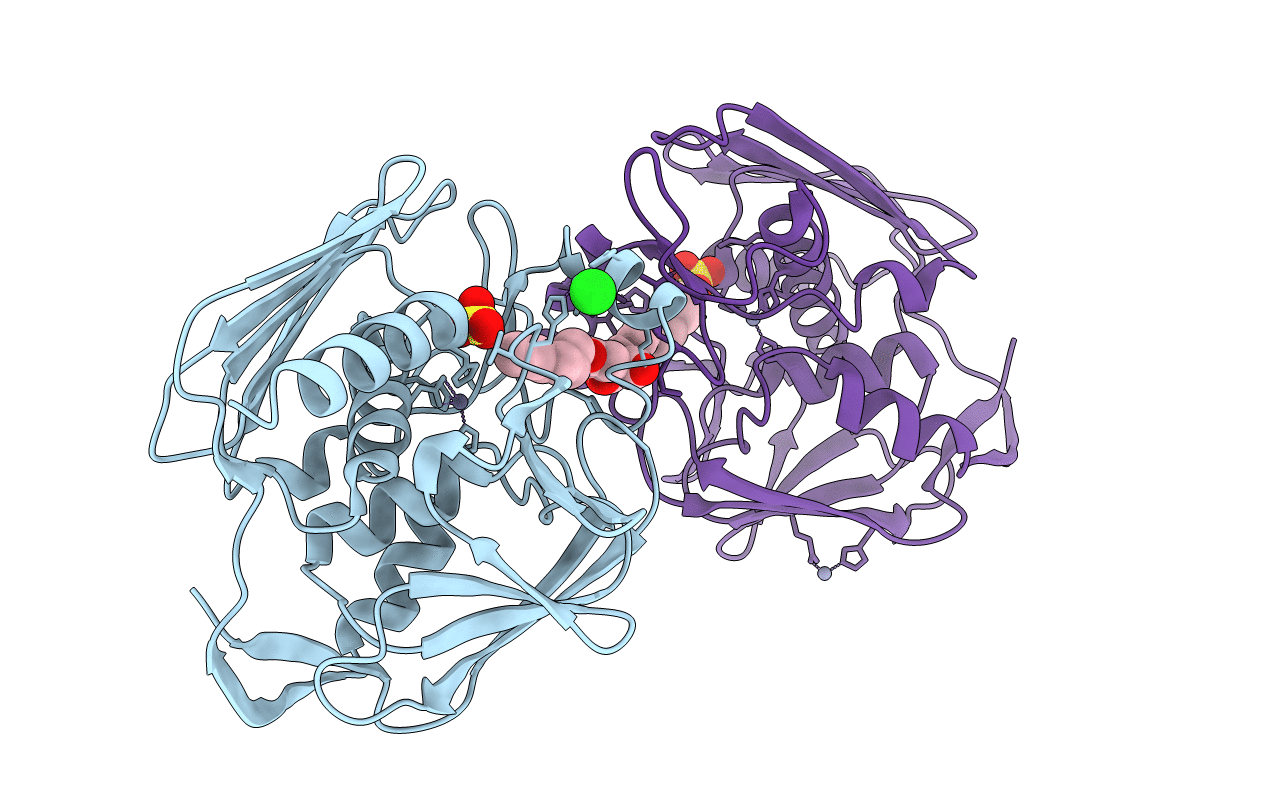
Deposition Date
2006-12-02
Release Date
2007-02-27
Last Version Date
2023-08-30
Entry Detail
PDB ID:
2O3Z
Keywords:
Title:
X-ray crystal structure of LpxC complexed with 3-heptyloxybenzoate
Biological Source:
Source Organism:
Aquifex aeolicus (Taxon ID: 63363)
Host Organism:
Method Details:
Experimental Method:
Resolution:
2.25 Å
R-Value Free:
0.22
R-Value Work:
0.19
Space Group:
P 61


